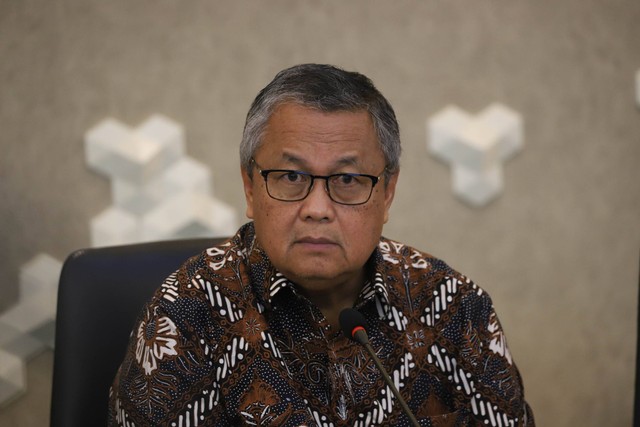As global financial markets face heightened volatility, Bank Indonesia (BI) has taken proactive measures to strengthen its monetary policy mix. With uncertainty stemming from geopolitical tensions, interest rate shifts in major economies, and persistent inflation, BI’s strategic response aims to stabilize the rupiah and maintain economic resilience.
Let’s take a closer look at what’s driving global instability—and how BI plans to navigate it.
🌍 Global Financial Markets in Turmoil
Currently, global financial markets are experiencing significant pressure. Several contributing factors include:
- The ongoing Russia-Ukraine conflict
- Interest rate hikes by the U.S. Federal Reserve
- Slowdown in China’s economic recovery
- Geopolitical risks in the Middle East
These elements have led to capital outflows from emerging markets, including Indonesia. In turn, the Indonesian rupiah has faced downward pressure, prompting policymakers to act swiftly.
🛡️ BI’s Policy Mix: A Multi-Pronged Strategy
To address these challenges, Bank Indonesia has reinforced its monetary policy mix, combining interest rate management, liquidity tools, macroprudential policies, and rupiah stabilization efforts.
1. Interest Rate Adjustment
BI recently raised its benchmark interest rate, not only to curb inflation but also to protect the rupiah against further depreciation. This move aligns with global tightening trends and reflects BI’s commitment to ensuring price stability.
2. Foreign Exchange Stabilization
In addition, BI is actively intervening in the spot and domestic non-deliverable forward (DNDF) markets. This aims to reduce excessive volatility in the exchange rate, providing certainty for businesses and investors.
3. Liquidity Management and Macroprudential Easing
Despite tightening certain aspects, BI also ensures sufficient liquidity in the banking system. Through macroprudential policies, it continues to encourage credit growth, particularly for productive sectors like MSMEs and green financing.
📊 Why It Matters: Confidence in the Indonesian Economy
Bank Indonesia’s swift and strategic actions demonstrate strong institutional capability and send a clear message to markets: Indonesia is committed to macroeconomic stability.
Investors and business leaders alike are watching these developments closely. Strengthening the monetary policy mix during turbulent times helps maintain confidence in the domestic economy, especially when external shocks threaten capital stability.
Moreover, BI’s approach balances short-term stability with long-term growth. By safeguarding the value of the rupiah and supporting sustainable credit expansion, the central bank ensures Indonesia remains an attractive destination for global investors.
🔮 What Lies Ahead?
Although the future remains uncertain, BI’s ongoing efforts will likely play a critical role in shielding Indonesia from global economic headwinds. As volatility persists, expect continued calibration of monetary policy, including adaptive use of FX reserves, policy rate adjustments, and digital financial innovation.
With global markets on edge, Bank Indonesia’s leadership will be vital in maintaining economic momentum while cushioning downside risks.
✅ Conclusion: Proactive Policy for a Resilient Economy
In a world marked by economic turbulence, Bank Indonesia stands firm with a strengthened monetary policy mix. Its balanced, forward-looking approach aims not only to stabilize the financial system but also to foster sustainable national growth.








